An Epic Tale of Trinco’s Forgotten Thousand Pillar Temple
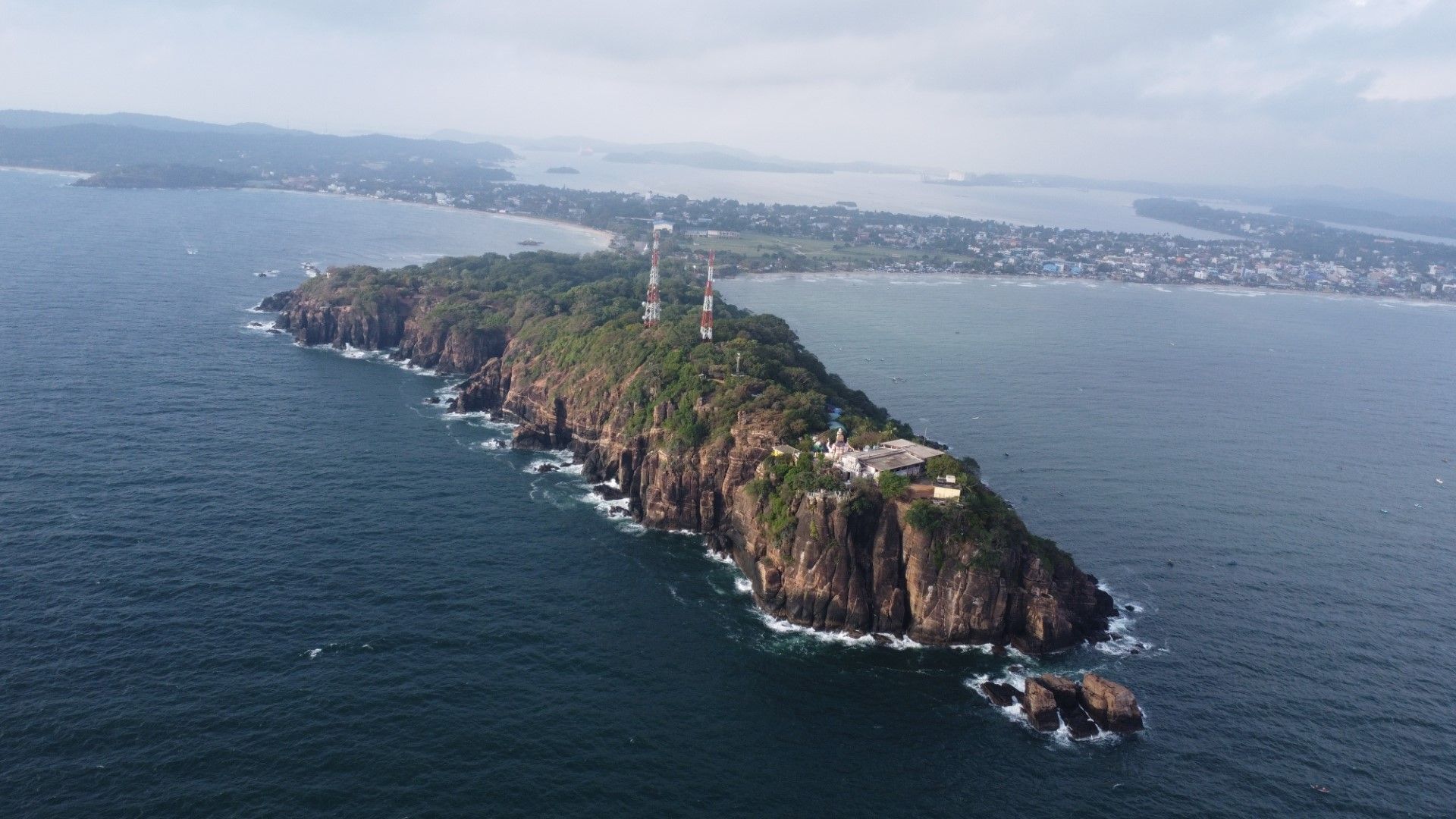
The mountain speaks in the land of Ravana
The Konseswaram temple at the tip of Fort Frederick is a mesmerizing place and a huge pilgrimage destination. A giant Lord Shiva statue sits on top of a mountain overlooking the dramatic cliffs of the peninsula while waves crash against the rocks below. This mountaintop has lived many lives. The first temple builders came in the fourth century BC, they made the rock one of the five ‘Pancha Ishwarams’, foreign abodes of Lord Shiva, the supreme God of Hinduism. The temple flourished ever since, as the many kingdoms that came all made sure to protect the place of worship and thousands continued to flock to this magical mountain to worship, celebrate and build.
At some point, the temple was ‘the greatest building of its age’, a splendid black granite thousand-pillared hall that stood proudly on the cape’s highest point, a beacon for sailors approaching from the Indian Ocean. But in 1624, the Portuguese smashed the temple to pieces when they conquered Trinco. They used the ruins to construct a fort and threw the remnants into the ocean.
But the magic of the mountain never died. It survived many kingdoms, colonial conquerors and even the civil war. New generations have continued to add idols, paintings, statues, pillars and other ornaments and Konseswaram remains a huge place of worship and a source of a great many myths and legends.
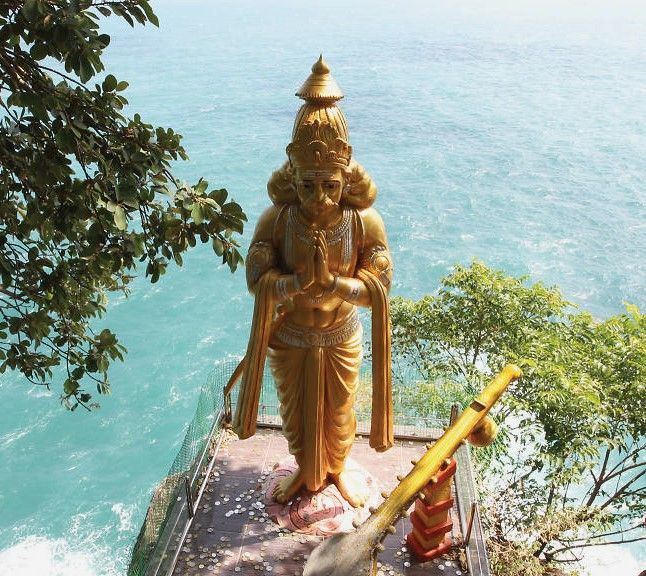
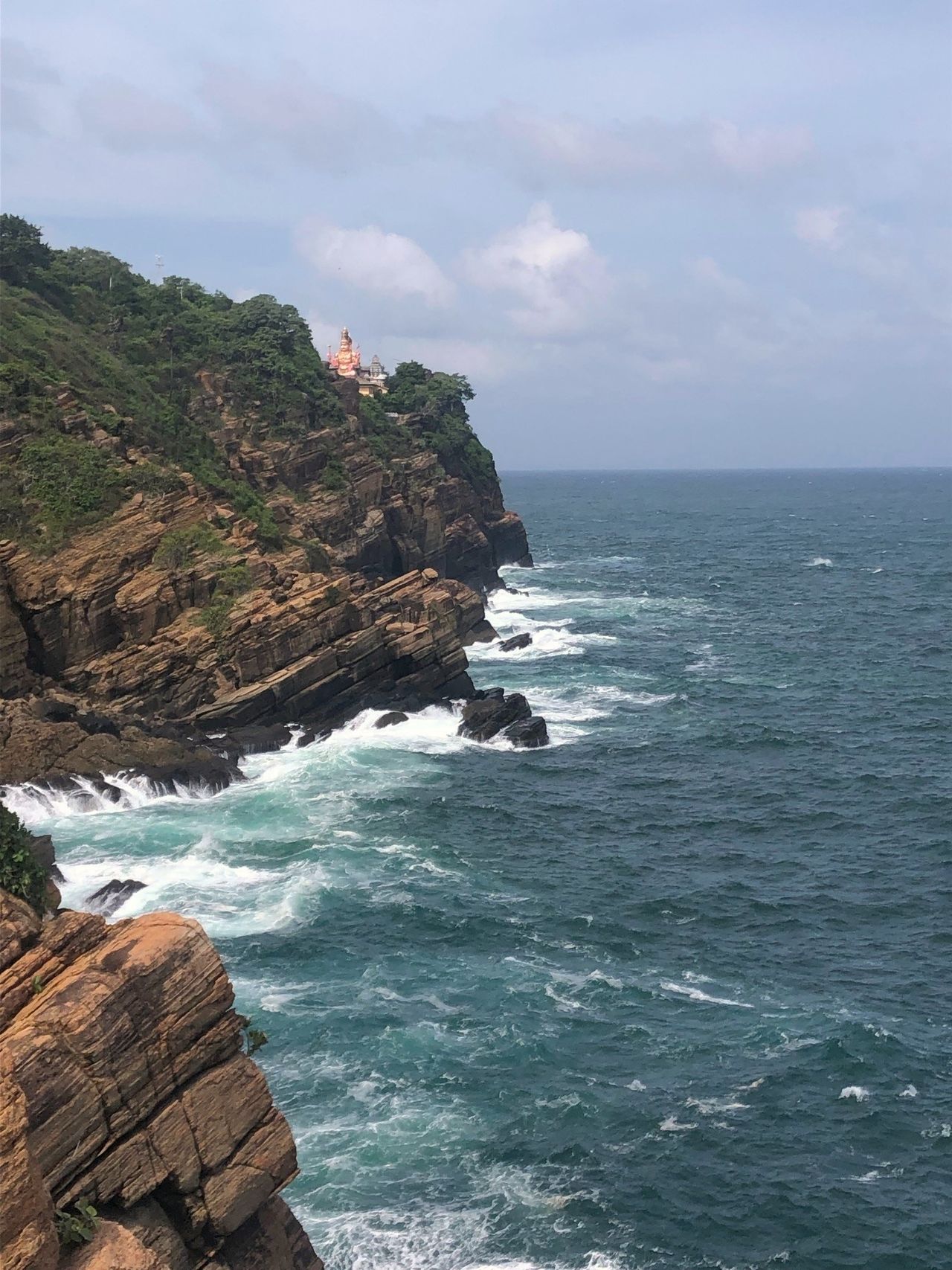
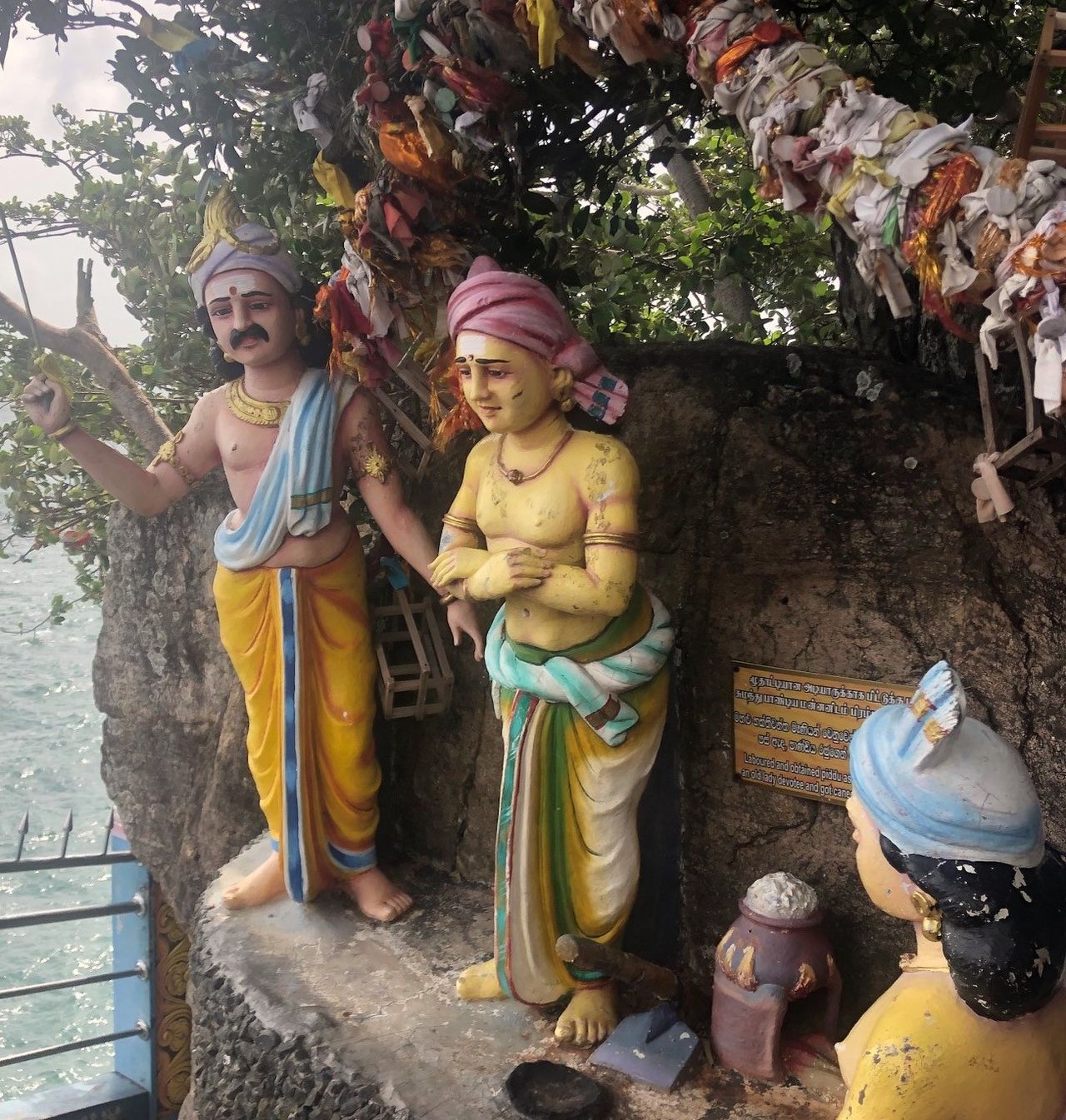

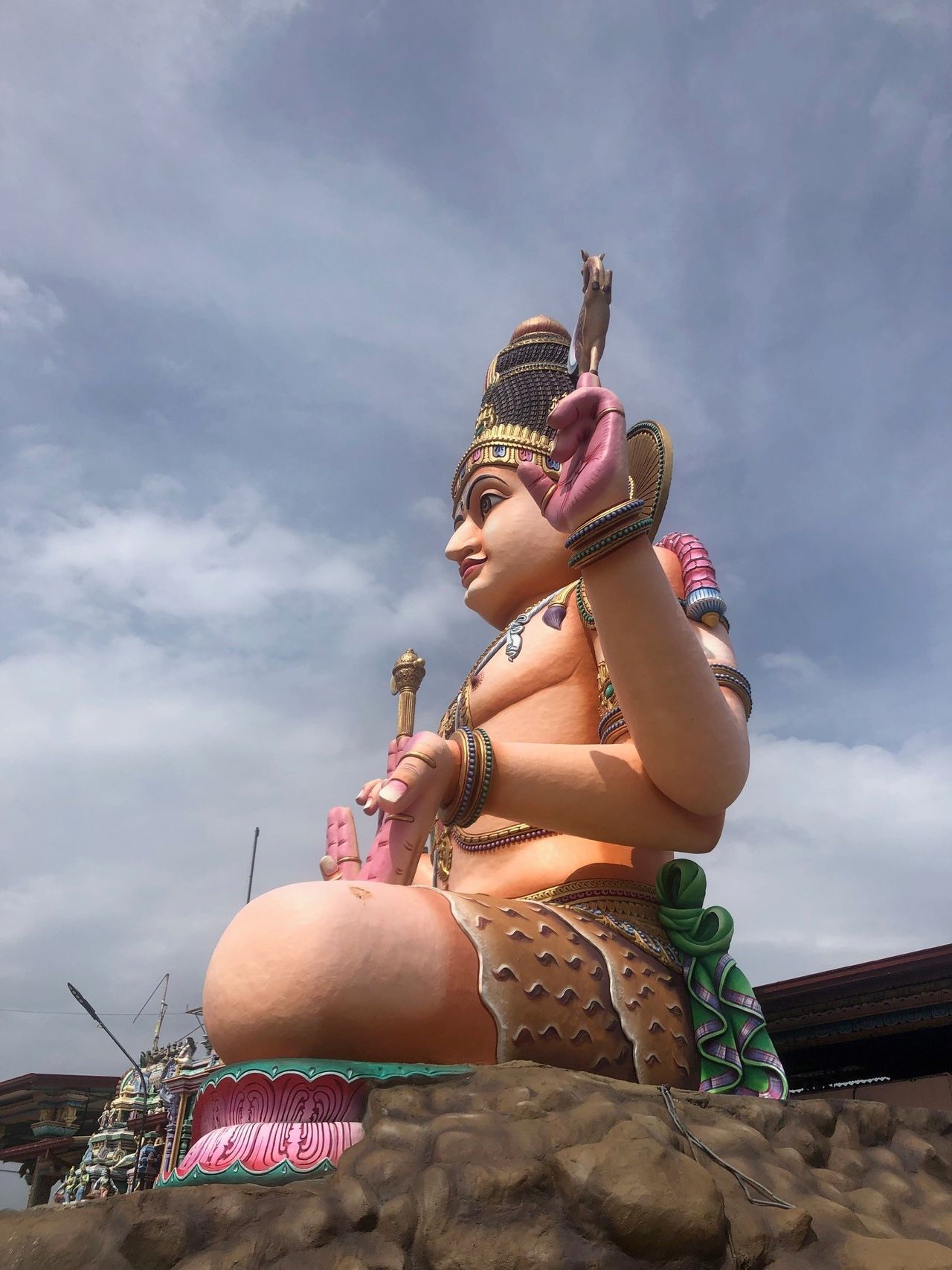
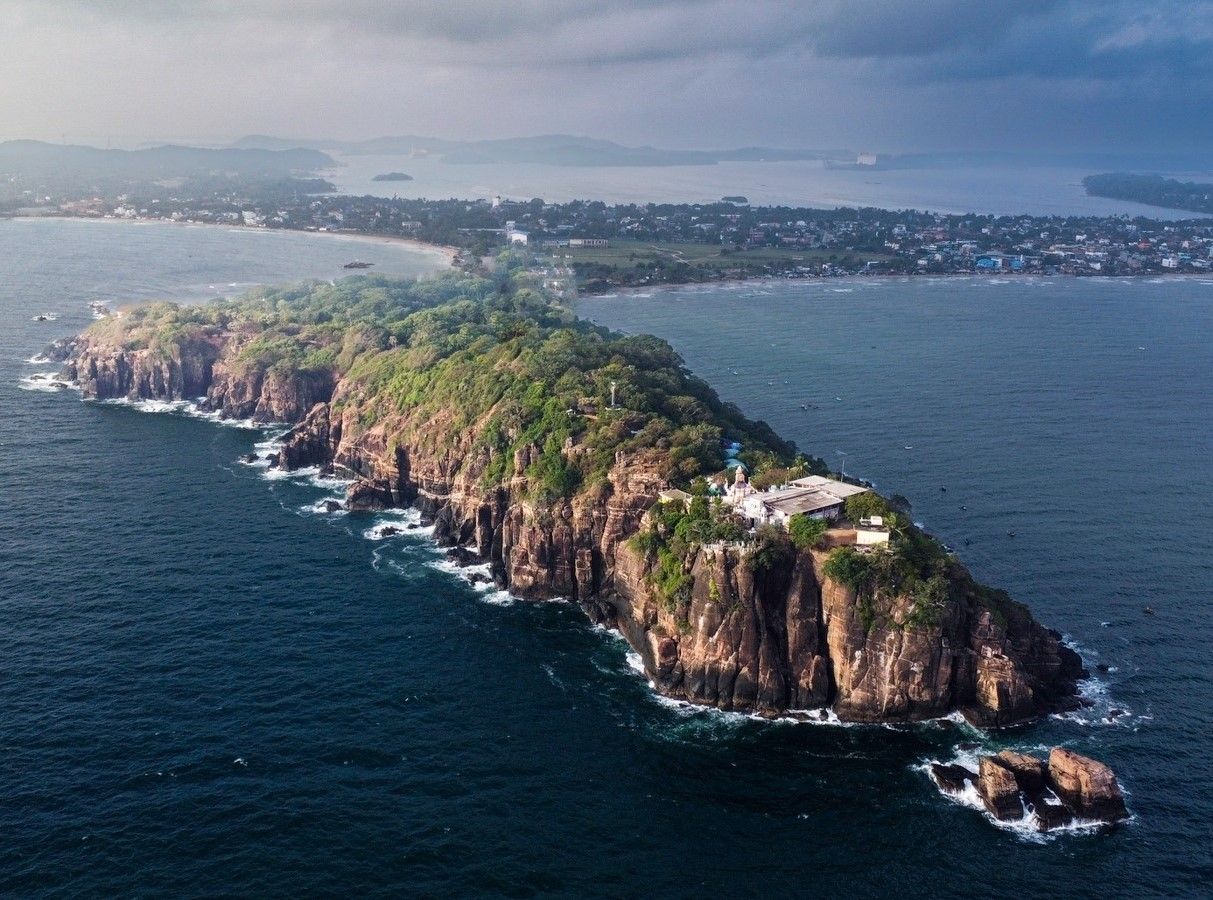
This story tells the tale of the many reincarnations of this magical place. A story of gods, kings, artisans and soldiers as told from the perspective of the mountain.
10 headed King Ravana, ruler of Lanka

The Konseswaram Temple in Trincomalee is one of the oldest Hindu temples in the country perched high on top of Swami Rock. It is said that King Ravana (the devoted mythical king with 10 heads) ruled the whole of Sri Lanka from there about 6,000 years ago. Here in Trincomalee, the story of the mighty King Ravana as described in the ‘Ramayana’ – the Sanscrit holy book, like the bible one of the largest ancient epics in world literature – is told from generation to generation.
In honour of Shiva; Ravana’s Cut
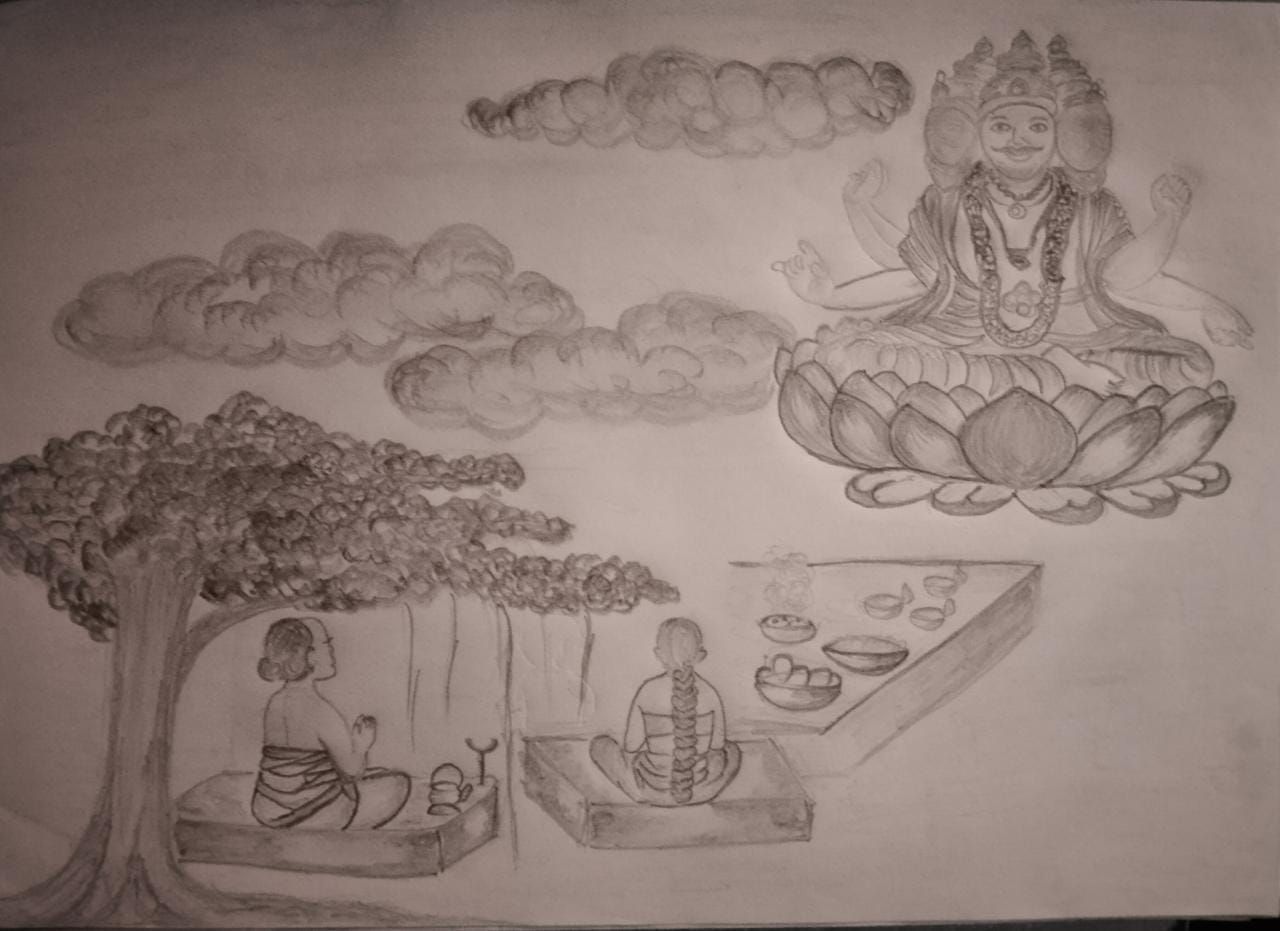
King Ravana and his mother were big devotees of Lord Shiva. But somehow their prayers failed to satisfy the mother god. To show his powers, as an ultimate display of his devotion to the superior Hindu god, the king split the mountain in two. Today it is still known as Ravana’s cut.
Arrival of the Cholas; Shiva's abode
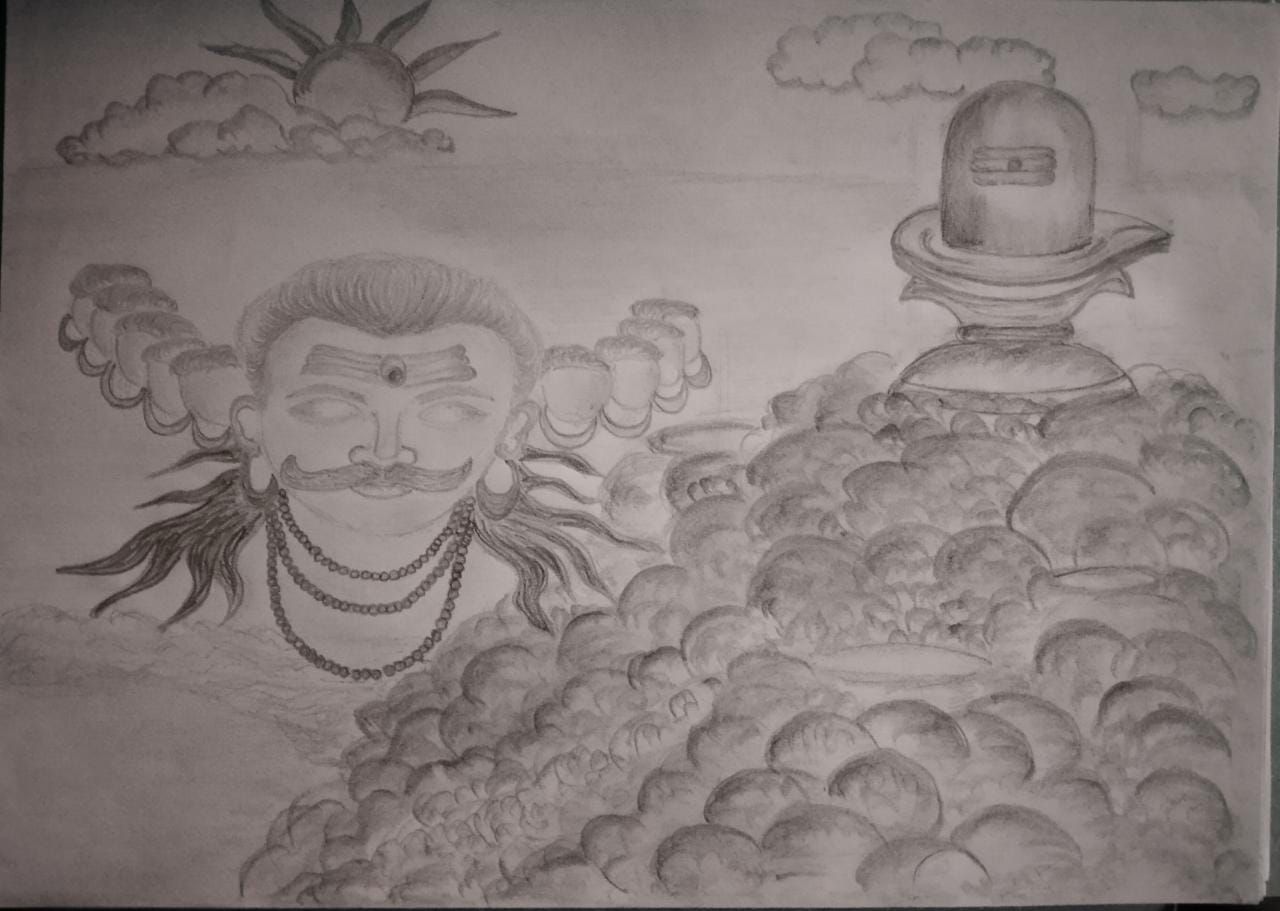
The great era of King Ravana ended between 5th-2nd century BC. Next arrived the Cholas, the first Indian dynasty to look beyond the shores of India. In 1300 BC, King Manuraja (from India) built a shrine for Lord Shiva in a rock cave at the mountaintop overlooking the ocean. Then King Kulakkoddan (again from India) when he reinstated the state of Thirukkoneshwaram consecrated the shrine with Hindu ceremony Kumbabishekam in the year 463 BC to honour the rock as one of the five ‘Pancha Ishwarams’, foreign abodes of Lord Shiva.
Pandiyan Kings; Double-eyed fish

Ancient literature describes how the holy Ganges River, originated out of Shiva's footprint, three meritorious streams flow, one of which reaches Shiva's abode at Trincomalee. Its longitudinal position makes Swami Rock one of the three foremost Shiva abodes in the world. Tamil kings and artisans from the Pandiyan dynasty expanded the place of worship as it attracted Tamil Hindus throughout its history. In the middle of the 13th century, King Puvaneka Veera Pandiya incorporated the double-eyed fish symbol into the temple. You can still see it at the entrance.
Nirai kadal aravam, silamboli alambum.
Jaffna Kings; Rome of the Orient
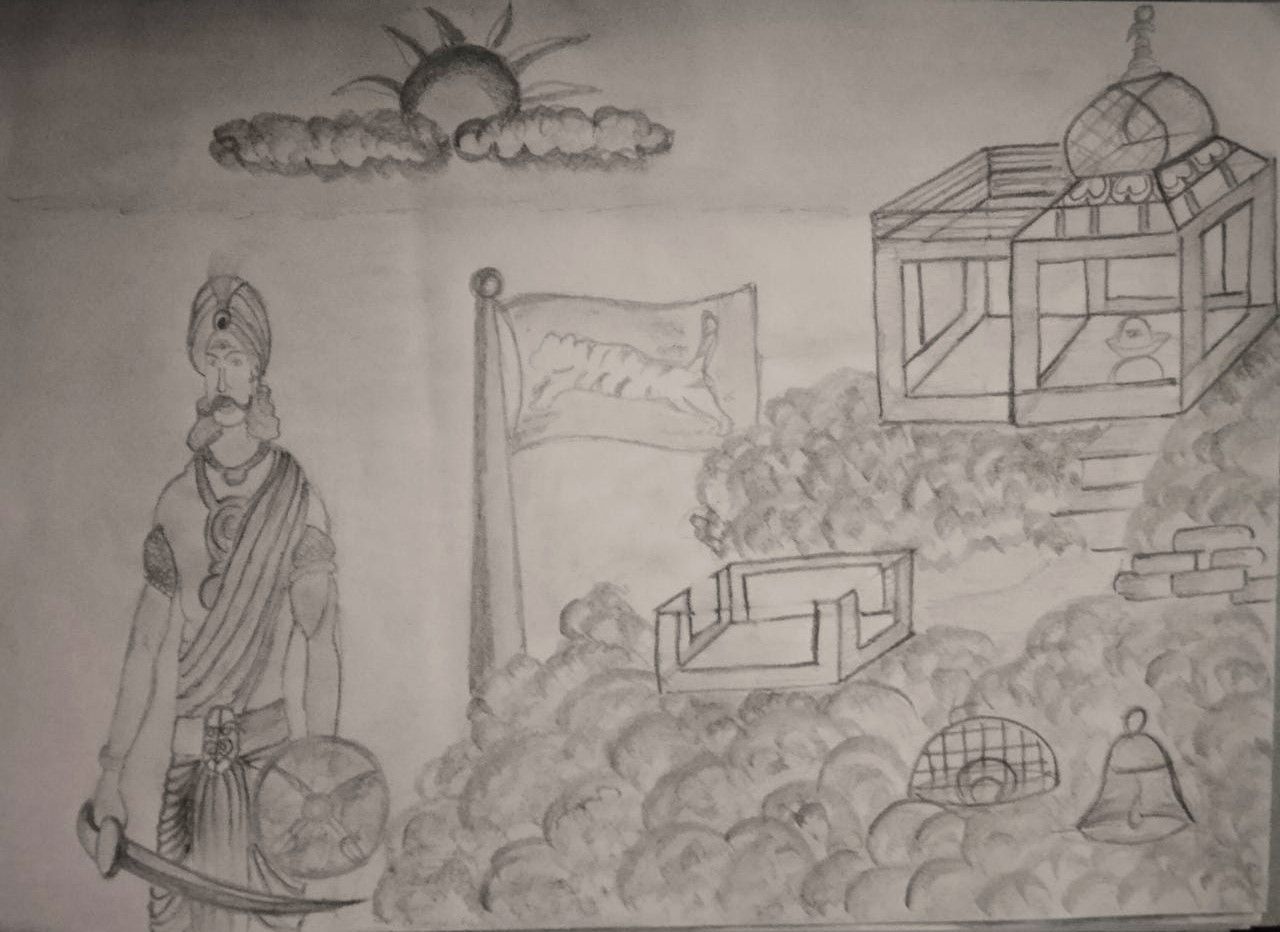
Also, the rulers of the Jaffna kingdom (1215–1620) worshipped and paid homage to Lord Shiva here offering gifts of gold and silver. The Koneswaram temple stood in the middle of the cape at its highest eminence, with other shrines and deities stretching across the complex. The temple plan featured a thousand-pillared hall, elaborate sculptural bas-relief, and black granite megalith with multiple golden towers that became a beacon for poets, royals, and sailors worldwide. The temple of a thousand columns attracted pilgrims from across Asia, and Koneswaram became one of the richest and most visited places of worship in the world of any faith.
The Pagode of Triquinimale is the Rome of the Hindus of the Orient.
Portuguese; The ultimate destruction
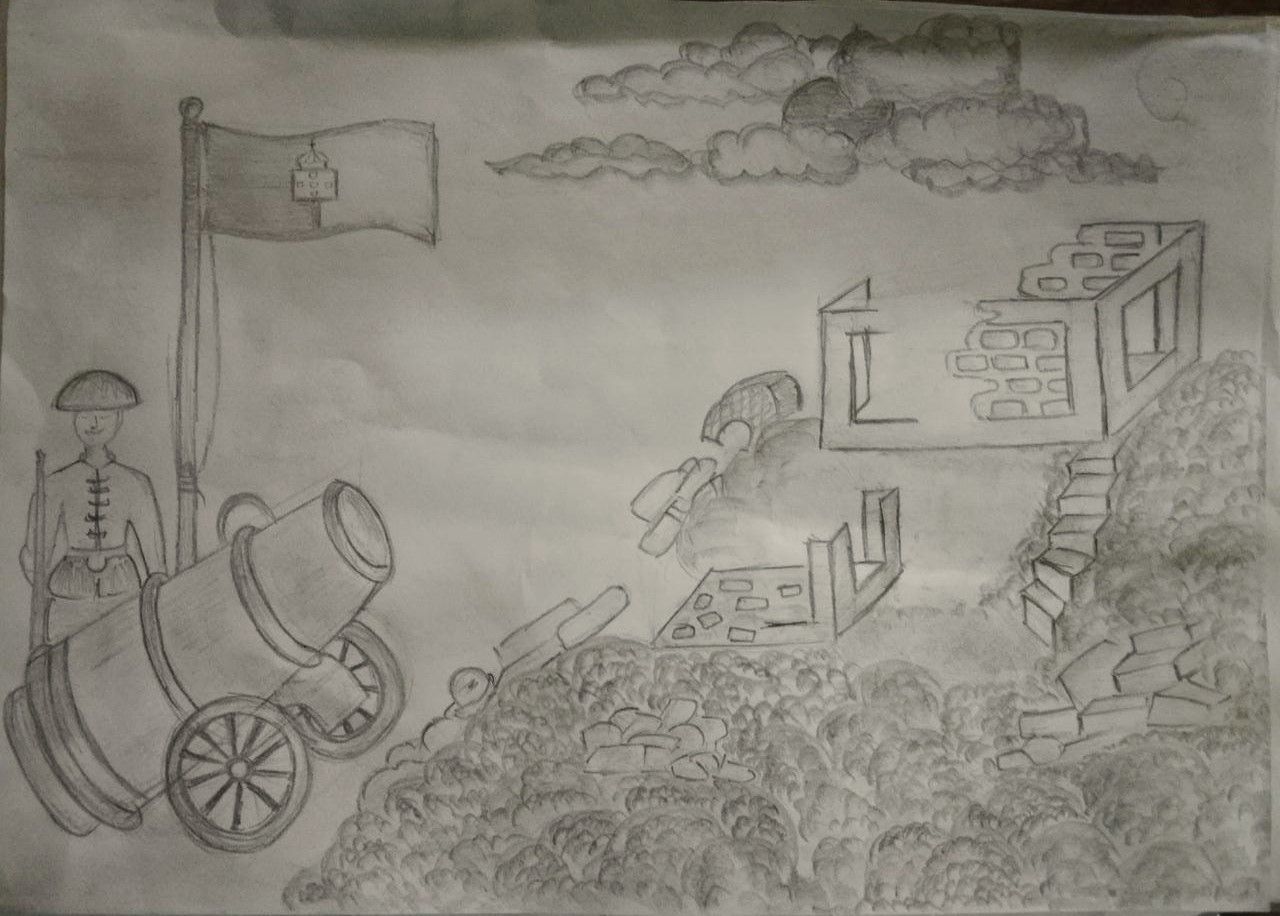
But on 14 April 1622 disaster struck. On Tamil New Year’s Day Portuguese soldiers attacked Koneswaram while the priests were out in a procession. Under the instructions of the Portuguese Army Commander Constantine-De-Souza, they razed the temple, destroyed pillars and statues, dumped some into the ocean and murdered fleeing priests. By 1624, the temple was completely demolished. In an attempt to show the superiority of the Christian faith they used the temple ruins to construct a new fort and built churches in town.
The Dutch; A new Fort
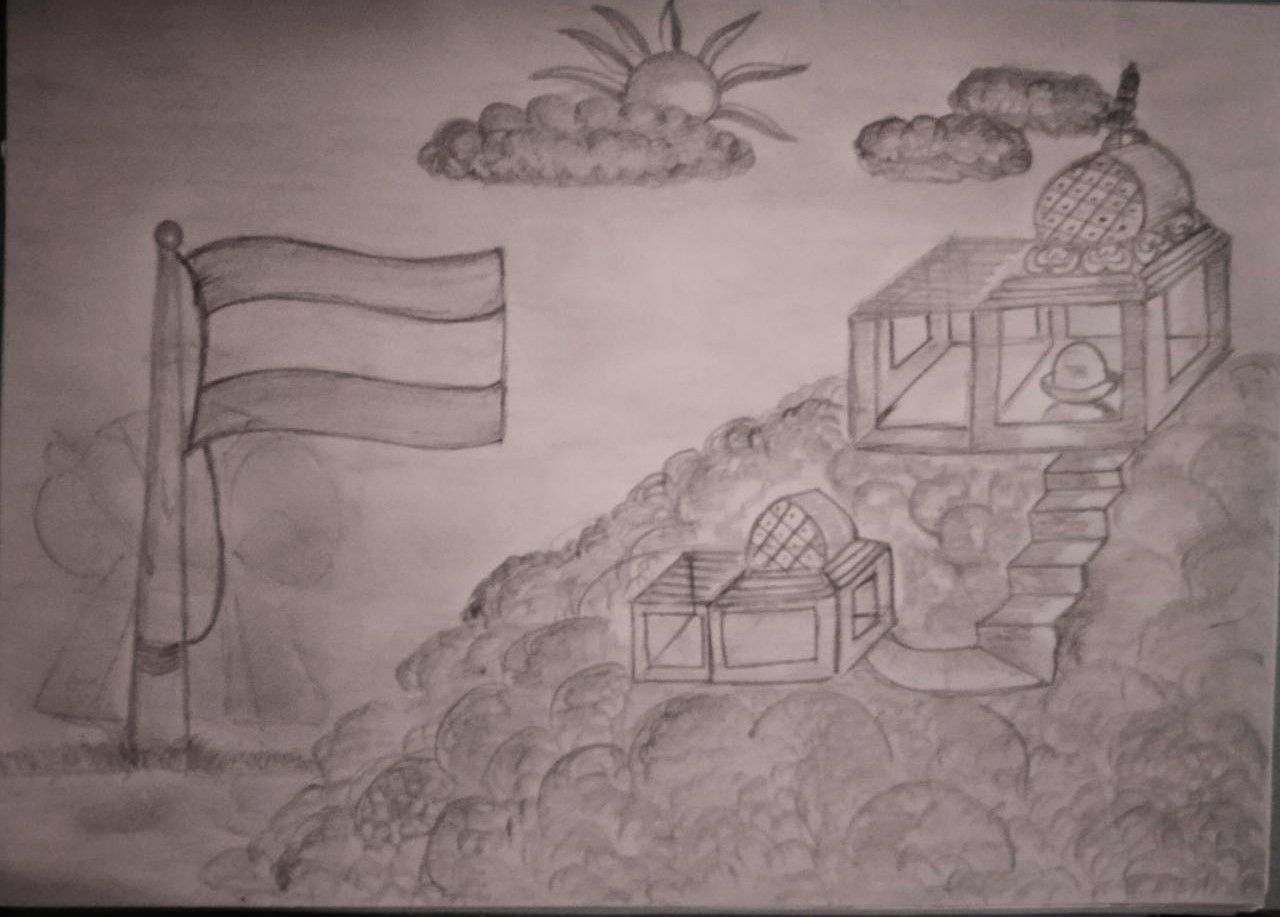
The Portuguese Fort did not last long. The Dutch, supported by the troops of the kingdom of Kandy, conquered the Fort after a short siege in 1639. In the battle, the fort was severely damaged. So much so that it was demolished and years later in 1666 replaced with a new Dutch Fort that is still there today. The entrance to the roadway leading to Konseswaram temple is actually the entrance to the Fort.
Epilogue
Local Hindu Tamils rebuilt the shrine in the 1950s with much more modest dimensions. Soon after, photographer Mike Wilson and science-fiction author, Arthur C. Clarke discovered underwater ruins from the destroyed temple at the bottom of the bay while scuba-diving. They found masonry, idol images, carved columns with flower insignias, and elephant head carvings.
In 1963 the temple renovation was completed with some old pieces reinstalled. Today the site is reborn, with a large eye-catching Shiva statue. While the current site is just a shadow of the pre-1624 temple, it continues to be a place of worship and wonder for many people, Hindus and non-Hindus alike.
Practical
The Koneswaram Temple or Konecaram Kovil (Tamil: கோணேச்சரம்), is open from 6am-1pm and 4pm-6.45pm.
No entrance fees.
Please cover your shoulders and legs when entering and remove your shoes, as it is an important place of worship.
Created by
This story was created by four diverse people sharing a fascination for this mythical place. Archana is a talented artist and loves researching the history of her people and writes critical essays. Nashira loves learning about the different people in her community and wants to be a journalist one day. Kathiresan loves taking photos while Thivanka is a great researcher.
They were part of a cultural mapping project in 9 Fort Cities along the Sri Lankan coast. In each city, youth come together for a week to unveil the different historic layers and rediscover their hometown through illustration, photography and film.
